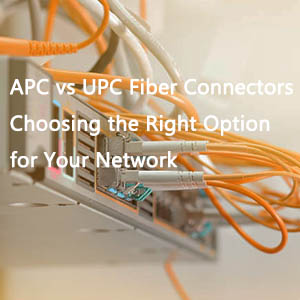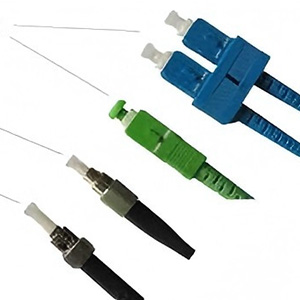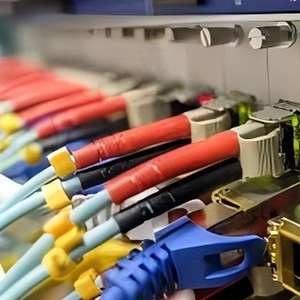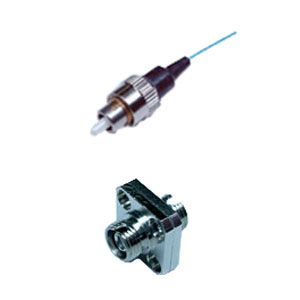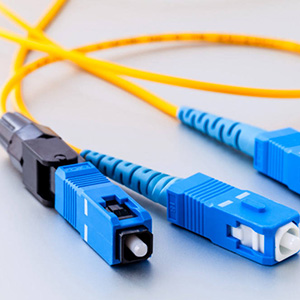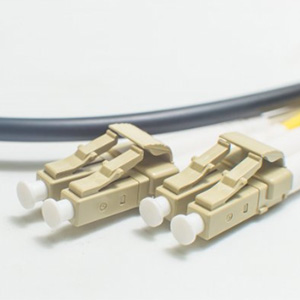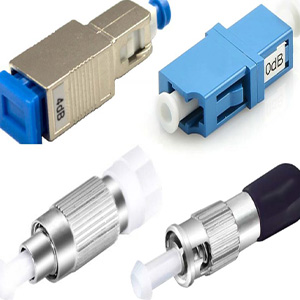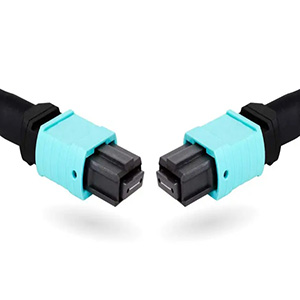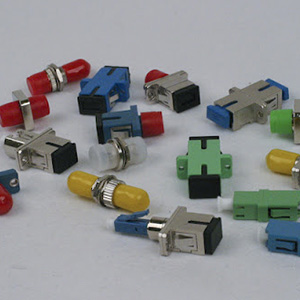In the intricate tapestry of modern telecommunications, the humble fiber optic connector plays a pivotal role. With over 100 distinct styles and types vying for attention, pinpointing the optimal choice for a specific application can be a daunting task. This article delves into the evolution of fiber optic connectors, from their early iterations in telephone central offices to the sophisticated, high-density solutions that power today’s data centers and building networks. We’ll explore the critical factors that influence connector selection, ensuring you’re equipped to make informed decisions that maximize network performance and reliability.
The Evolution of Fiber Optic Connectors
Early Innovations
In the nascent days of fiber optic communication, connectors like AT&T’s single-mode Biconic and D4 style were the vanguard of technology. These connectors, terminated with heat-cured epoxy adhesive and polished to perfection at the factory, were designed for high-speed digital outside plant (OSP) fiber links. They featured threaded nuts that locked onto equipment port receptacles, ensuring a secure connection. The D4 and FC connectors, with their built-in keys, offered repeatable optical coupling when mated to other FC/PC and FC/UPC bulkhead-mounted connectors or single-mode laser equipment receptacles.
Industry Standards and Pioneers
The SMA and AMP Optimate style connectors emerged as key industry solutions for digital communications data links. However, it was the ST bayonet-style connector that truly captured the market’s imagination, becoming a staple in many installations due to its robust design and reliable performance.
The Modern Era
Fast forward to the present, and the landscape has shifted dramatically. The LC (Small Form Factor) and MPO connectors have risen to prominence, particularly in data centers and building networks. Their compact size and ability to facilitate high-density patching and connectivity make them indispensable in the pursuit of efficient network architecture. Optical transceivers for most switches now feature LC duplex ports or utilize 12 or 24-Fiber MPO ports for parallel optical links, enabling lightning-fast speeds of 40gbps or 100gbps.
The Connector Selection Process
Defining the Application
The first step in selecting the right connector is to meticulously define the application. This involves identifying the type of communication equipment at each end of the link, understanding the data rates, distances, and number of connections required for the network. These factors collectively determine the optical signal power loss budget and the loss performance that the fiber connectors must achieve.
Consulting standards requirements is also crucial. For instance, connectors in the data center should adhere to ANSI/TIA standards and meet the FOCIS standard, which defines approved connector footprints and ensures interoperability. These standards not only guide connector design but also quantify key parameters such as maximum insertion loss and minimum return loss performance. They can also provide insights into the type of equipment necessary for the application.
Once the application is defined, the active equipment’s optical transceiver modules and bulkhead receptacles are determined. This selection typically dictates the types of adapters and connectors that will be used to connect the transceivers and the backbone and patching fiber cables and harnesses. At this juncture, it becomes clear whether pre-terminated cables can be utilized. For example, if MPO connectors are specified, a pre-terminated cable can be selected. In splicing applications, connectors need not be installed in the field, as factory-terminated pigtails and splice connectors can be fusion spliced directly onto the fiber cables.
Describing the Operating Environment
The next critical factor is the operating environment. There are numerous methods for terminating a fiber optic connector to fiber optic cables. The type of fiber and cable construction you plan to work with will significantly influence your connector choice. The best way to select a particular connector is by examining the environment in which it will be used. Harsher environments often necessitate the use of heat-cured epoxy, making field termination more challenging. Factory-terminated fiber patch cords, which are polished for optimal performance, become the preferred choice in such scenarios.
Connector Life and Performance Expectancy
The longevity and performance of a connector are paramount. Epoxy-terminated fiber connectors offer a lifetime of reliable performance, backed by manufacturer warranties. The gel in pre-polished connectors, which has been a mainstay in telecommunications splicing for decades, ensures a service life of up to 40 years.
The ferrule end-face polish and finishes are the linchpin of a connector’s performance. The higher loss and reflections associated with the SMA connector‘s flat polish have been virtually eradicated with the advent of PC radius polishes, which significantly enhance connector performance.
Conclusion
Choosing the right fiber optic connector is an art that demands meticulous planning and attention to detail. By carefully considering the application and the environment in which the connector will operate, you can identify the best connector solution to achieve optimal fiber link performance. As the backbone of modern communication networks, the right connector choice can mean the difference between seamless connectivity and network bottlenecks. Equip yourself with the knowledge and tools to make informed decisions, and you’ll be well on your way to mastering the art of fiber optic connector selection.


